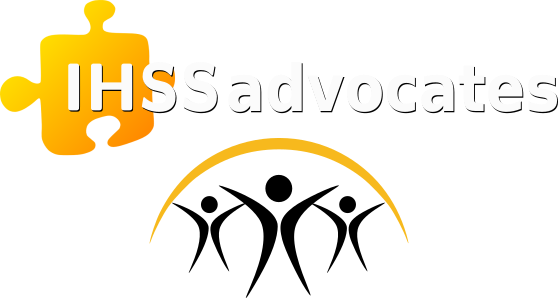Article by Michelle Collins
Meltdowns are a good thing when it’s chocolate chips melting down into fudge sauce or butter melting down onto baked potatoes hot from the oven, but there aren’t many parents who would liken the meltdown of their autistic child to the joys of comfort food. And while there is a great deal of information available on how to differentiate between a tantrum and a meltdown, such as this 2016 article available on the Autism Awareness Centre website, or this article published on the Understood.org website, it’s really how to qualify tantrums and meltdowns in terms of anti-social and aggressive behaviors with respect to protective services eligibility that many parents find themselves seeking information about.
According to ACL-17-95, a minor’s or adult’s behavior is assessed for PS-Eligibility “based upon the willfulness of that behavior”, taking into account the recipient’s age and specific behavior with the key point that the behavior is “nonself-directing, due to the mental impairment/illness.” The adjective “willfulness” corresponds to one key difference between a tantrum and a meltdown, specifically: A tantrum is goal-oriented behavior looking for a response to the action, whereas a sensory meltdown is non-goal oriented and is an uncontrolled (read: unwilling) reactive mechanism to a situation that is overwhelming and overstressing the person experiencing it, continuing despite the potential for harm to that individual and regardless of whether there’s an audience to witness the drama or not. In other words, this unwilling behavior is simultaneously “non-self directing, due to the mental illness/impairment” and unwilling, thus making the individual potentially PS-Eligible in a way that spitting on someone or pulling someone’s hair potentially would not because those are self-directed and willing behaviors (anti social).
So the key takeaway is to consider if the head-banging, for example, is goal-oriented as a way to achieve a desired result or outcome, or if it’s unwilling and non-self directed, caused by the mental impairment/illness and to document what happened before, during and after the incident to determine if it’s a tantrum or a meltdown, and if the individual might be eligible for PS according to the guidelines found in ACL-17-95.
And here’s a helpful comparison chart between tantrums and meltdowns:
| Tantrums | Meltdowns |
|---|---|
| Goal Oriented: A scene is made so they can get what they want from someone who is watching | No Goals: No demands are made before or during the meltdown. |
| Watches for Reactions: Depending on who’s watching, the intensity or nature of the tantrum may change – escalating or de-escalating, for example. | No Interest in Reactions: The individual has no interest in how others may or may not react to their behavior. |
| Will Avoid Getting Hurt: Individual is careful not to hurt him/herself. | May Hurt Themselves: Because they are reacting on a primal level to being overwhelmed, they don’t take action to avoid injury and may suffer physical harm as a result of the meltdown. |
| Ends Quickly: Once the goal is obtained, or the individual becomes tired of the tantrum, it ends quickly. | Slow to End: Meltdowns last longer than tantrums and slow down only when the individual acclimates to the surroundings at his/her own pace. |
| Individual is in Control: The individual is in control of his/her actions the entire time. | Individual is NOT in Control: Because the individual is massively over-stimulated, they are in survival mode, reacting instinctively to the distress they are in. |
| Warning Signs: The individual desires a specific outcome to the tantrum when faced with an inability to easily achieve said outcome. | Warning Signs: Include spacing out, which may be linked to medical conditions such as migraines, or other symptoms of becoming overwhelmed by sensory input. |
*Source for this chart: Alternativewiring.blogspot.com, which is no longer an active blog.
If you need any assistance, you are welcome to join our support group at: IHSS Advocacy Group
